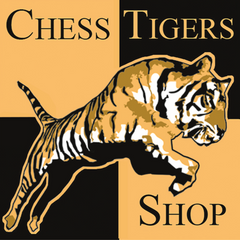
How do you combat the hedgehog system?
The hedgehog player usually makes do with less space on the chessboard at the beginning. He stakes out his territory on the third row with the pawn formation e6, d6, b6 and a6. These pawns act like the spines of a hedgehog and if the player who moves first is too bold or careless, he can quickly injure himself on them. At first glance, the black position may look a bit squat, because the pieces have little room to maneuver, but Black can usually achieve a harmonious piece formation. This somewhat passive and reserved style of play encourages many white players to become active early on. The player who moves second is counting on this: he hopes that White overbids him and that at the right moment he can release the energy pent up behind the pawn wall with pawn advances such as d5 or b5 and gain an advantage. The hedgehog player knows the typical motives and approaches well, as he can achieve this structure in some openings. To ensure that you are in no way inferior to your opponent, the author duo Luther/Jordan describe ways and possibilities for the player who moves first to gain an advantage against the hedgehog system. They show what needs to be prevented and how White can use its initial spatial advantage. When should you aim to play on the queen's wing, when is it better to play in the center or even on the king's wing?! In the usual style, answers are given to these and many other questions. Accompany the authors on their journey through the world of the hedgehog and how to survive an encounter with this prickly creature unscathed.
Sichere Zahlungsoptionen bei uns im Shop
-
Versand mit DHL und DPD
-
Versandkostenfrei in DE ab €50
-
14 Tage Rückgaberecht












